
Soybean Rust Update - August 6
Soybean Rust Update August 6, 2015 from Jim Dunphy, Extension Crop Science Specialist (Soybeans) Asiatic Soybean Rust was confirmed on soybeans in …



Montgomery County Center will be closed tomorrow, Tue 11/11/2025 for the holiday. We have moved! Please see our new location above.
El inglés es el idioma de control de esta página. En la medida en que haya algún conflicto entre la traducción al inglés y la traducción, el inglés prevalece.
Al hacer clic en el enlace de traducción se activa un servicio de traducción gratuito para convertir la página al español. Al igual que con cualquier traducción por Internet, la conversión no es sensible al contexto y puede que no traduzca el texto en su significado original. NC State Extension no garantiza la exactitud del texto traducido. Por favor, tenga en cuenta que algunas aplicaciones y/o servicios pueden no funcionar como se espera cuando se traducen.
Inglês é o idioma de controle desta página. Na medida que haja algum conflito entre o texto original em Inglês e a tradução, o Inglês prevalece.
Ao clicar no link de tradução, um serviço gratuito de tradução será ativado para converter a página para o Português. Como em qualquer tradução pela internet, a conversão não é sensivel ao contexto e pode não ocorrer a tradução para o significado orginal. O serviço de Extensão da Carolina do Norte (NC State Extension) não garante a exatidão do texto traduzido. Por favor, observe que algumas funções ou serviços podem não funcionar como esperado após a tradução.
English is the controlling language of this page. To the extent there is any conflict between the English text and the translation, English controls.
Clicking on the translation link activates a free translation service to convert the page to Spanish. As with any Internet translation, the conversion is not context-sensitive and may not translate the text to its original meaning. NC State Extension does not guarantee the accuracy of the translated text. Please note that some applications and/or services may not function as expected when translated.
Collapse ▲
Soybean Rust Update August 6, 2015 from Jim Dunphy, Extension Crop Science Specialist (Soybeans) Asiatic Soybean Rust was confirmed on soybeans in …
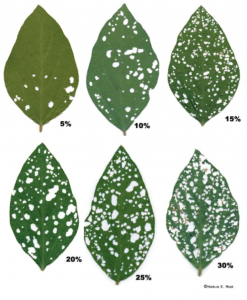
As recently as 2014, My top choices for soybean looper were Belt, Prevathon and Steward. These also included premix …

Trap data is collected from around North Carolina and aggregated by County. This week trap data for additional counties was …
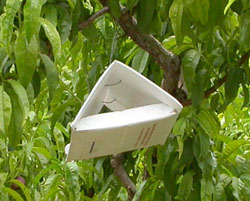
The trap data is collected from around North Carolina and aggregated by County. Additional counties will be added as the …
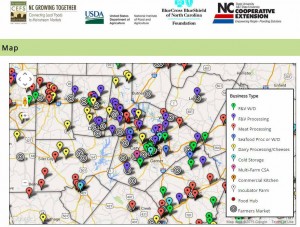
The North Carolina Growing Together project, in collaboration with the North Carolina Cooperative Extension’s Local Foods Flagship Program, has …
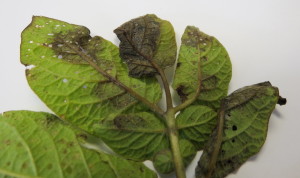
Potato late blight, caused by the oomycete Phytophthora infestans, was reported this week from a sample from eastern North …
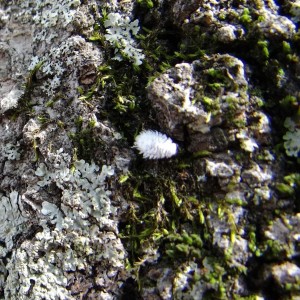
Yesterday on campus willow oak trees were covered in millions of what looked like mealybugs. But they were faster …
As we prepare for warmer temperatures (hopefully), it is important to remember the advantages of maintaining a healthy, actively …
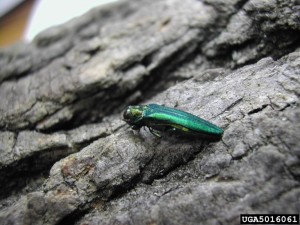
The emerald ash borer has been found in Wayne County. Other counties in North Carolina where EAB has been …
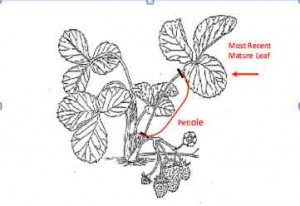
Optimize strawberry fertility with plant tissue testing (pdf version: Strawberry tissue testing news release 2015) Article by Kristin Hicks, Plant/Waste/Solution/Media Section …
We’ve all heard of the K.I.S.S. method when doing any task that shouldn’t be difficult under most circumstances. Staying with …
We’ve had a number of inquiries about wasps hovering over lawns and other turf areas. Bluewinged wasps, Scolia dubia, …